Milky Way Galaxy Colliding With Another Galaxy Has Disturbing Odds
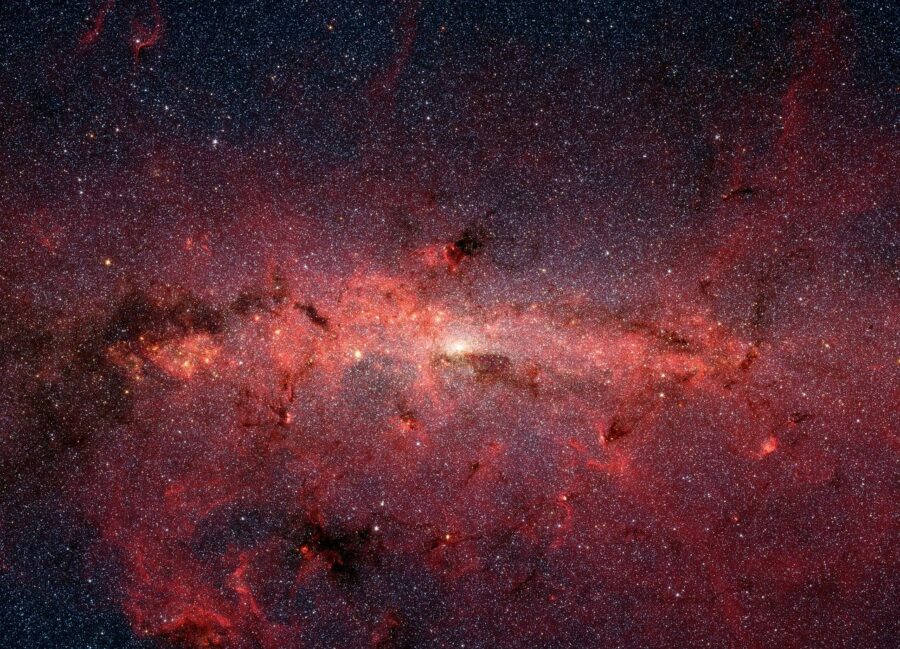
Since astronomers have been measuring the light coming from the Milky Way and surrounding galaxies, it has been deduced that our home galaxy is on a collision course with our nearest neighbor, the Andromeda galaxy. The rotation of the two star systems appears to be moving closer together, and it was predicted that they would collide within about five billion years. However, a new simulation suggests that the Milky Way galaxy and the Andromeda galaxy have only about a 50/50 chance of combining in the next ten billion years.
Flip A Coin
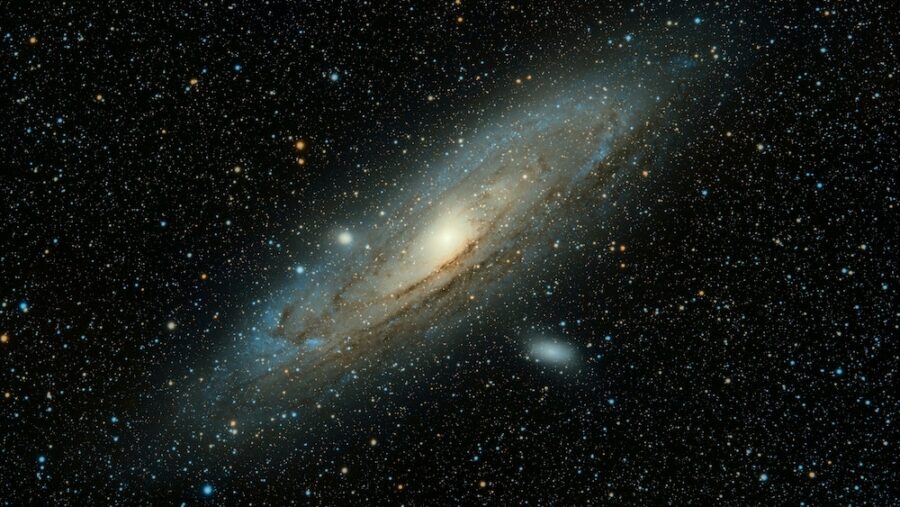
Astronomers first started tracking the movement of the galaxies in the early 1900s, predicting in 1912 that the Milky Way galaxy, home to Earth, and the Andromeda galaxy, the Milky Way’s nearest neighbor, would collide within about five billion years. Subsequent observations and studies predicted that the two galaxies were inevitably set to intermingle and then combine into one galaxy dubbed the Milkomeda galaxy.
These events were seen as a certainty until a new model showed that gravitational forces from smaller neighborhood galaxies could substantially alter the course of the two larger star systems.
The Difficulty Of Measuring In Space
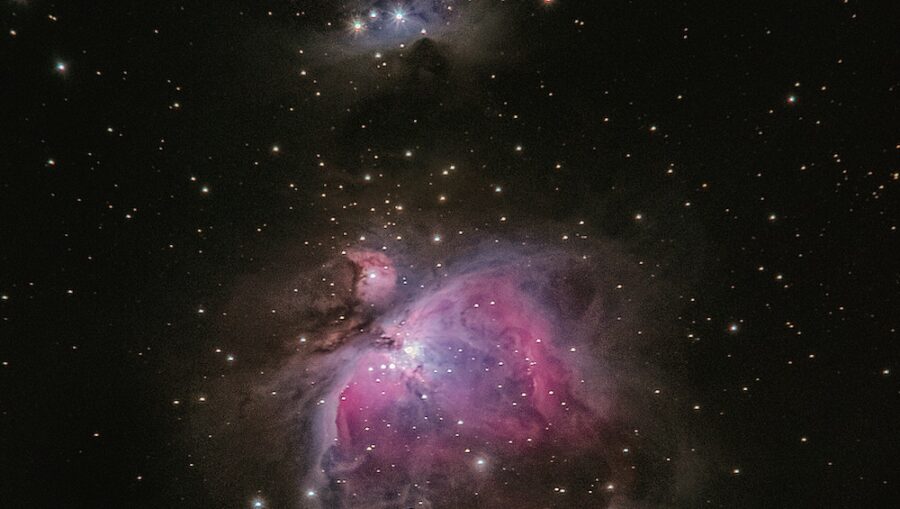
Newer studies have shown that precise measurement of the positions of various celestial bodies within the Andromeda galaxy as well as our own Milky Way galaxy is more difficult than previously thought. Observing the exact location of stellar objects, even with very accurate equipment is nearly impossible, so mapping the path of the two galaxies isn’t as fool-proof as was previously thought. Since the models used for earlier predictions operated on the assumption that these measurements were set in stone, the conclusions they reached weren’t accurate.
Not Even The Milky Way Can Defy Gravity
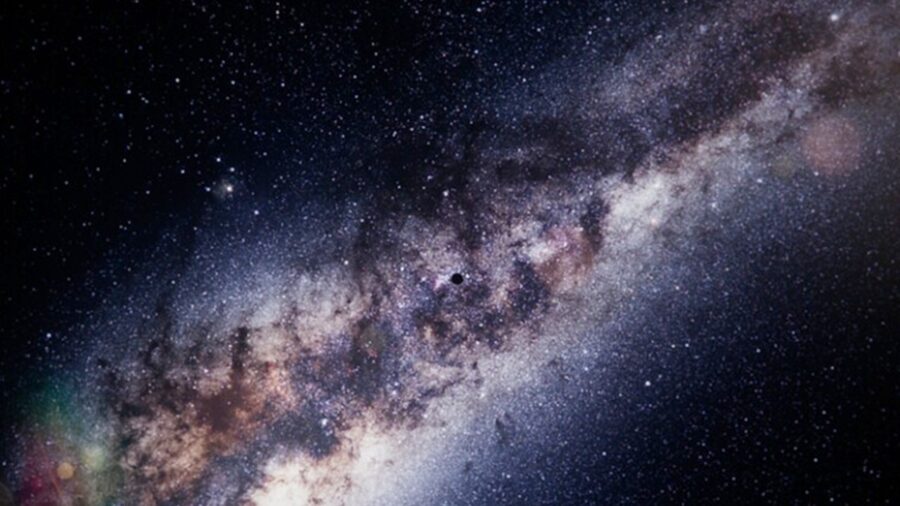
In addition to the imprecise measurements from historical predictions, the other factor affecting their accuracy is a limited understanding of gravitational forces at work. A neighboring molecular cloud known as the Magellanic Cloud, as well as smaller galaxies surrounding the Andromeda and Milky Way galaxies, exert a substantial force on their orbits. Newer research on gravity and its effect on galactic bodies has allowed for better models to predict the movement of galaxies.
A Modern Simulation
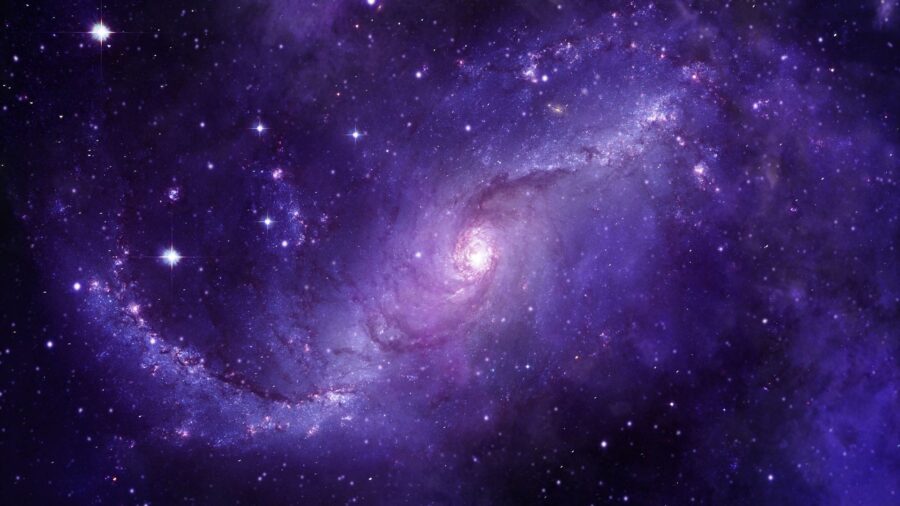
Using observations of the Milky Way galaxy, the Andromeda galaxy, and factoring in other galaxies in the group of galactic systems they’re a part of, researchers at the University of Helsinki in Finland have modeled the movement of the two galaxies, creating a simulation that drastically changes the previously agreed-upon timeline for intergalactic collision.
This simulation took the gravity forces of nearby galactic systems into account, showing that the likelihood of a collision between our galaxy and our nearest neighbor is less likely over the next ten billion years than was previously thought. If a collision doesn’t occur, the Milky Way and Andromeda galaxies could drift farther apart rather than combining.
Brace For Impact
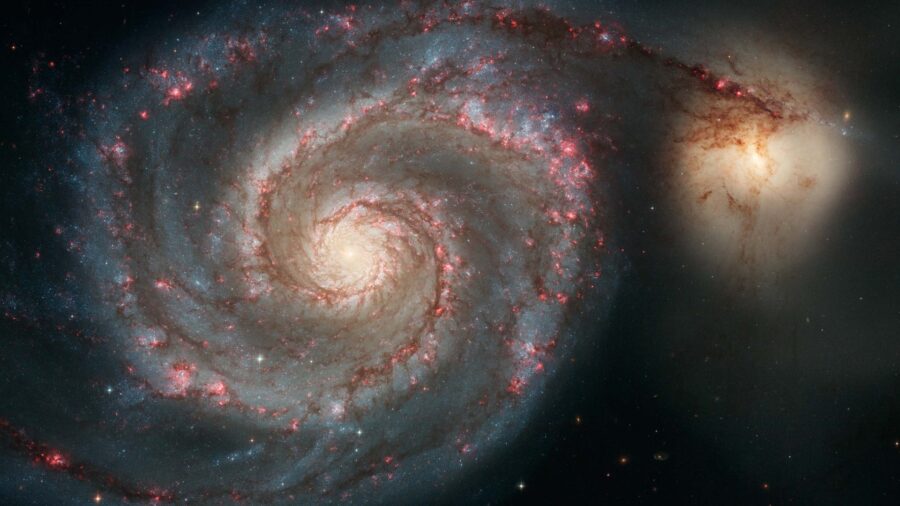
The Hubble and Gaia space telescopes have been collecting data on the positions of galactic systems, more accurately mapping the course of the Milky Way galaxy than ever before. This ongoing project will provide more detailed information on the effects that neighboring galaxies have on our own Milky Way system. Astronomers will be able to use this more detailed picture to determine which nearby galactic systems can impact the orbit of our home galaxy.
Source: Astrophysics of Galaxies













You must log in to post a comment